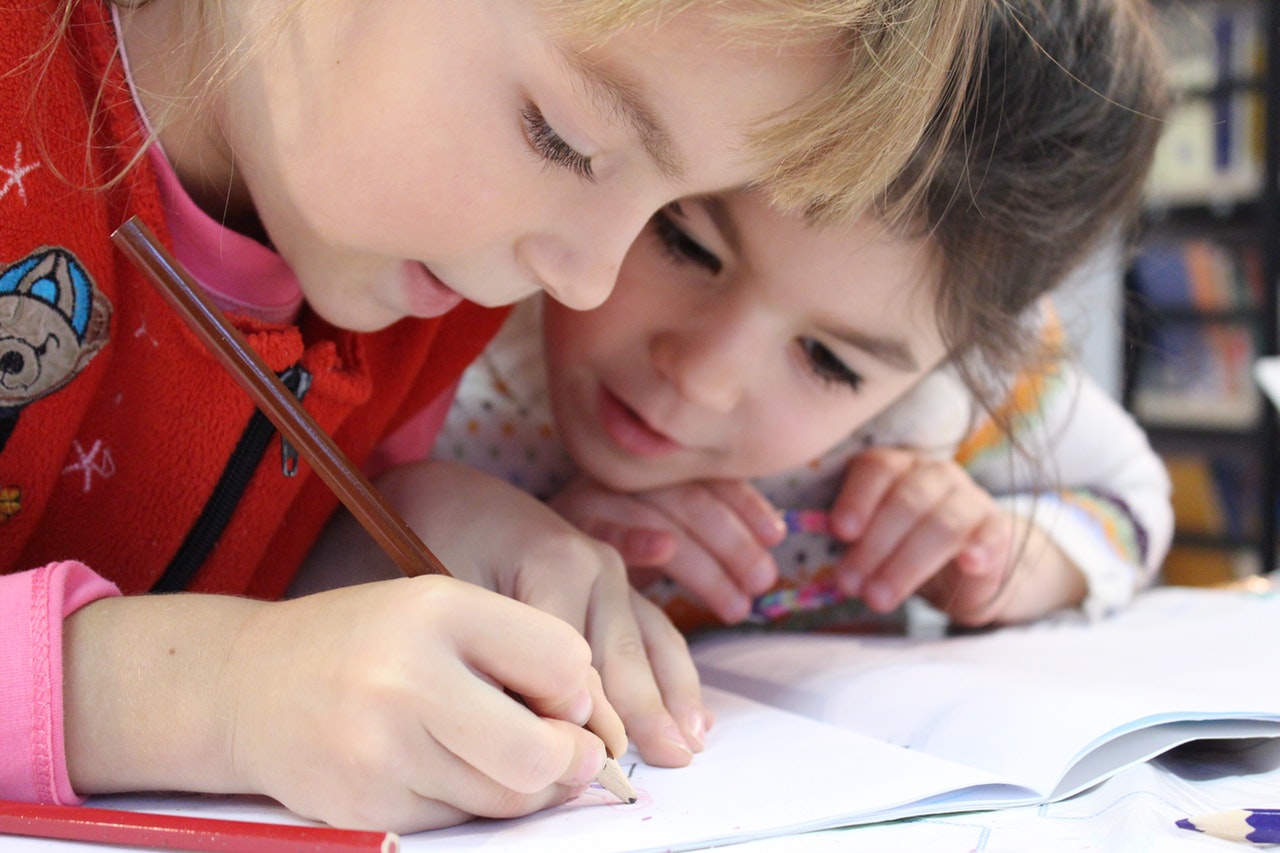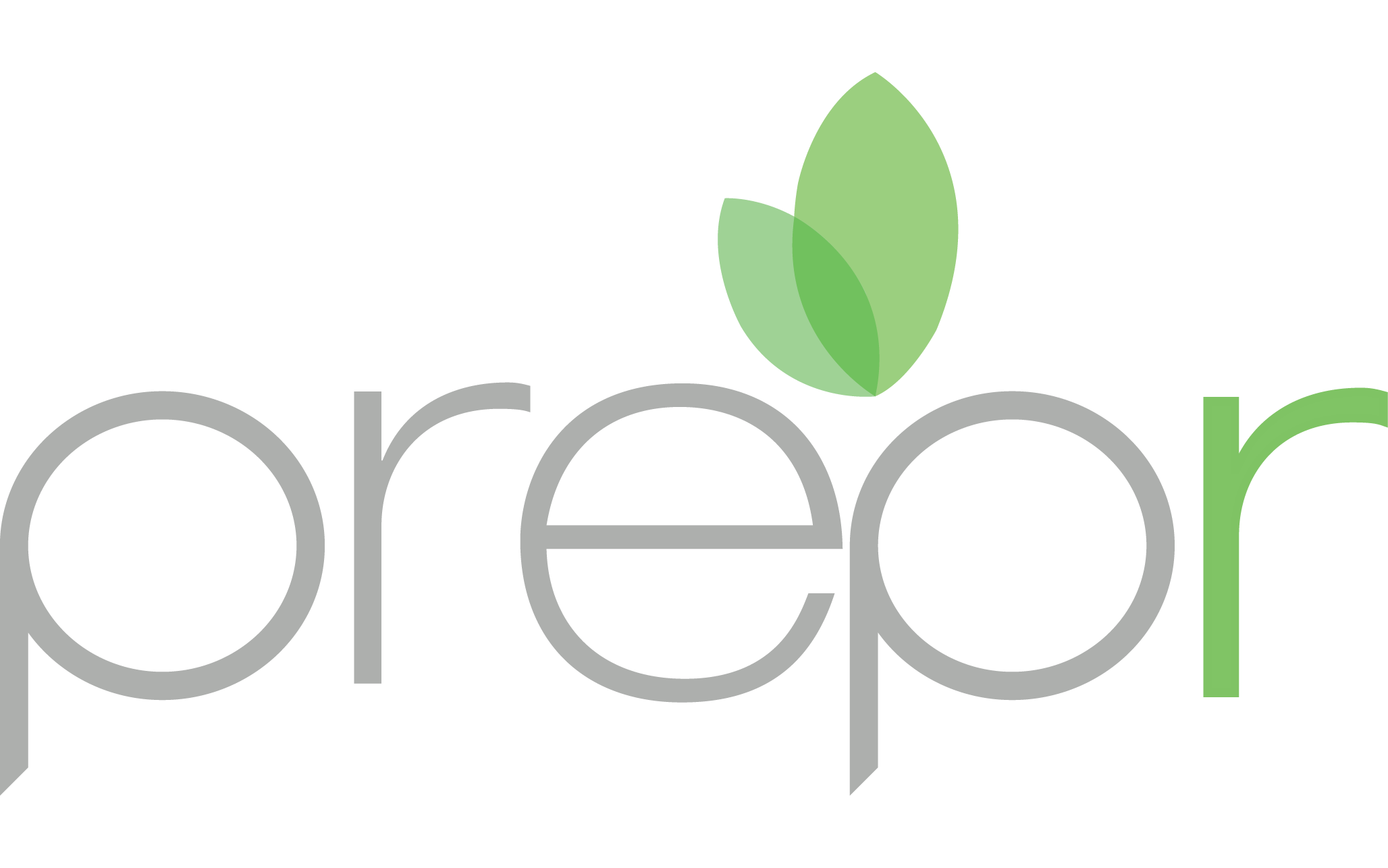
19 May Project Based Learning and Invention for K-12 Teachers
Invention and Project Based Learning
Project-based learning is recognized as an extremely effective teaching model that supports the developments and creativity of students. Quite frankly, students don’t want to just sit in a classroom and absorb information, but instead want to actually do something. Applying design principles to projects and daily activities will be extremely important to ensure the development and growth mindset of students to come.
Prepr wants to inspire young students to think about invention, innovation and unleash a students “genius” within them. As Nicole Krueger, says, “creative genius isn’t rare- but the conditions that nurture it are.”
At Prepr, we believe in unlocking the creative, entrepreneurial spirit in all students. Ken Robinson made a powerful point in his TED talk almost 15 years ago, that “most of the students in the classroom today will eventually be entering a job force that no teacher could even visualize.” Learning a specific skill set in a classroom does not carry the same value in today’s world that it once did. Being creative and adaptable is now what really prepares students for life after the classroom.
Invention Programs & Prepr
Getting your class involved in problem-based learning and design thinking is a great way to enhance a student’s self-image through the experience of being creative and productive. They help develop essential life skills such as logical thinking, decision making, problem-solving, risk-taking, communication and research skills. The process of an invention program is to use reading, writing, researching and building in a creative way that integrates math, science, language, technology and social studies. Installing a Prepr Lab in your elementary or high school class provides a terrific framework to build and inspire a process of creativity and inventiveness within your classroom. It will give your students a chance to try out ideas, make real contributions to the world and introduce them to a wide range of people. All of this could make a large impact on how they decide to approach their career path in the future.
We hope that using Prepr, the PIE® book, online resources, and visual cues will allow you as a teacher to gain high levels of student engagement during a project. The first part of a Prepr Invention lab is our PIE® book and PIE® framework. It is a 3 phase, interdisciplinary problem-solving framework that combines project leadership, innovation and entrepreneurship. Each student is different and thus will react differently to the process, the good part is that we encourage students to take their own creative approach when going through the method.
Working through the inventive process may come naturally to some students, but may be more difficult for others. It’s important to support and nurture each student through the process, focusing on the fact that there’s no right or wrong solution when dealing with innovation and invention. At Prepr, we believe that it’s extremely important to introduce failure to students at a young age. In a system that consistently ranks people, teams, products etc. often failures get overlooked, when in reality a failure is often what spawned an invention, innovation or solution. We like to think of it as “failing fast and failing forward,” and believe it’s one of the most important crutches to building an innovative and creative mindset within our students and future.
Here are some of our favourite invention “failure” stories for inspiration:
Bubble Wrap:
Engineers in the 1960’s first designed bubble wrap as an attempt to make a trendy new wallpaper. As you can imagine, this failed tremendously. Eventually (after attempting to be remarketed as a sort of insulation) IBM used the product to wrap a computer and ship it safely. It has been a homerun success ever since.
WD-40:
The famous de-greaser is named WD-40 because well, it took them 40 tries to get the correct combination. The take away from this is that the creators failed 39 times before getting it to succeed.
Dyson
Dyson vacuums and products are known as the top of the line products in the modern era. What you didn’t know is that founder James Dyson tried 5,271 different prototypes before landing on a vacuum that worked and solved his problem.
What does this mean for my classroom?
Innovation and invention are not created overnight and always require an aspect of creativity in the process. Most great inventions have been essentially founded on tremendous failures and constant iteration, which is an important part of project-based learning. The PIE method and framework is designed for ideation, creation, testing and repeating. We hope by using our framework in your classroom, it will help you capture the essence of inventiveness which is the bridge between innovation and invention.
What does the PIE Kit Include?
- Hard and Digital Copy of PIE book
- Three Workbooks, one for each phase of the PIE framework
- 15 supporting method cards
- Teaching material such as visual displays, posters, interactive content
Get in contact with us today to learn how we can help transform your classroom or school into an area of invention, creation, innovation and forward-thinking design. Prepare your students for the future with Prepr.
http://www.edudemic.com/creativity-in-the-classroom/
https://www2.education.uiowa.edu/belinblank/students/inventiowa/K-8_Guide/
https://www.entrepreneur.com/article/242299
https://www.ted.com/talks/ken_robinson_says_schools_kill_creativity/up-next?language=en
https://www.iste.org/membership/individual-membership
